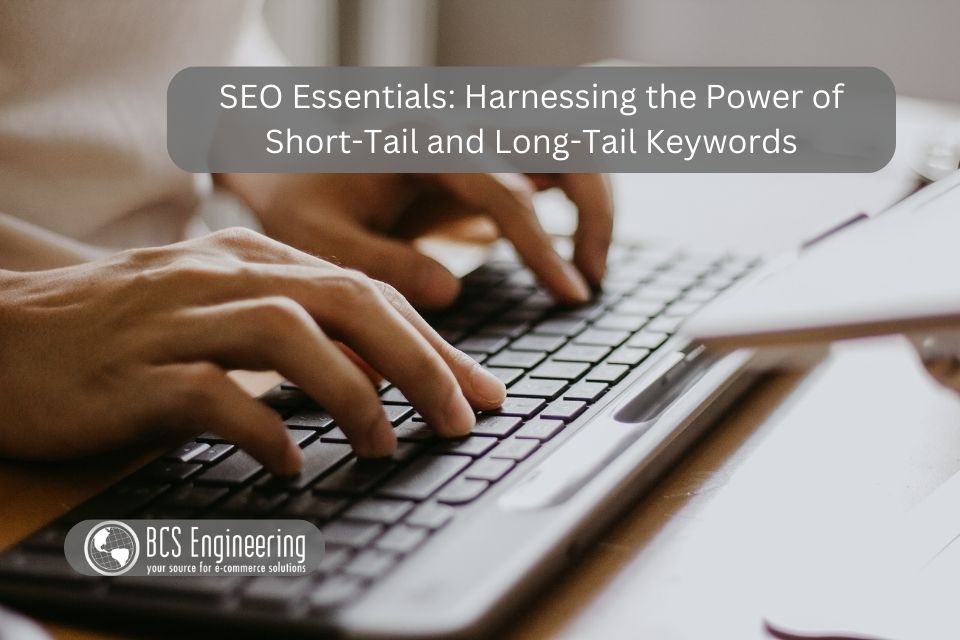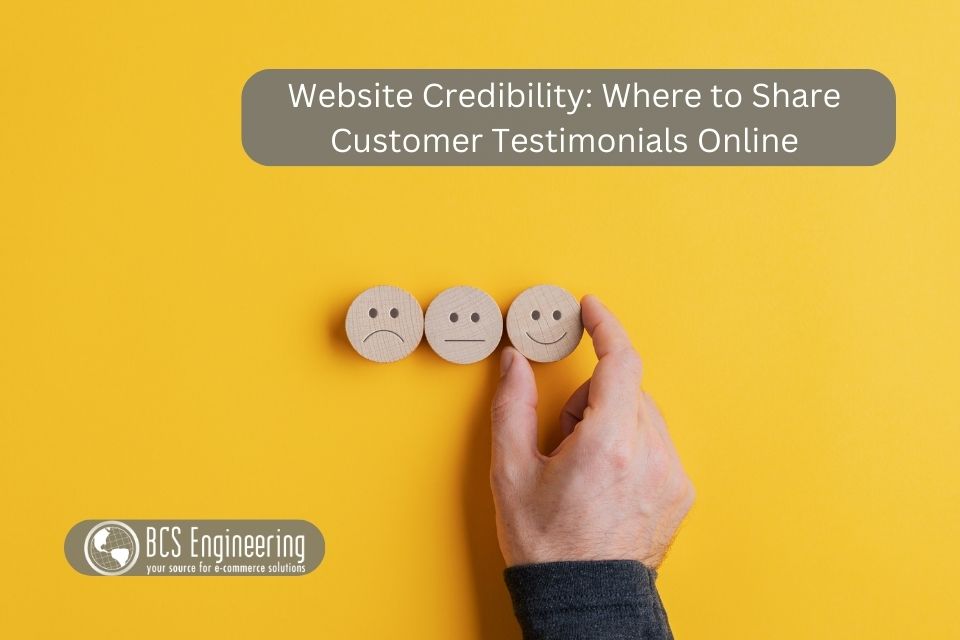Sometimes, setting goals or establishing deadlines for tasks at work just isn’t enough: procrastination still creeps in. Overcoming procrastination is a common challenge for many business owners. Today, we will go over some strategies to help you stay on task!

Having set goals, prioritizing your tasks, and maintaining a schedule are all essential steps to getting a task done, but there are other techniques we can use to push ourselves to complete our business tasks on time.
Eliminate distractions
Your workspace can be full of distractions that stop you from staying on task. To start, your workspace should be cleaned of clutter. This includes both your physical and digital work spaces. On your desk, you should have the items you for your current task in reach so that you don’t have to get up and down. Your computer desktop should be similar, your tools, applications, and files quickly accessibly and easy to find. Another common distraction we should avoid is irrelevant notifications. Silence unrelated notifications and alarms on both your computer and mobile device so that you aren’t getting pulled away from your task for unnecessary messages.
Set realistic deadlines
Setting deadlines is important, but you should set them mindfully. Some tasks will be routine enough that you have a good understanding of how long it will take you to do. New tasks, however, can be harder to assign a timeline to. Realistic deadlines should set aside the time you need to complete a task with a little wiggle room for the unexpected. When setting a deadline for a task, take time to determine whether or not the tasks can be broken down into smaller bites. Bigger projects can be overwhelming to get started due to their complexities. By breaking up a big project into smaller tasks and assigning them clear deadlines, completing the project can feel more approachable.
Reward yourself
While it may sound silly to reward yourself for completed tasks, having a reward routine when working on tasks can positively reinforce productive behavior. It can be as simple as letting yourself eat a cookie, or as exciting as celebrating your success with your co-workers. Either way, giving yourself a reward for finishing small and big tasks can encourage you to stay on track to complete future tasks.
Accountability partner
Having someone else to hold you accountable for the completion of work can help push you to stay on time. You can share your goals with an accountability buddy. An accountability buddy should be someone you trust, such as a friend, mentor, or business partner. Together, you can share your current goals and check in on each other’s progress, encouraging productivity.
Use time Management techniques
When you find yourself at a loss on how to stay focused at work, you may want to consider looking into known time management techniques. Techniques such as the Pomodoro Technique (working for a set amount of time, then taking a short break) can help maintain focus and prevent procrastination. There are a variety of time management techniques out there to explore! When trying a new technique, make sure to try it for a decent amount of time before deciding if it’s working. After some time, compare your task completion, general focus, and mood to how you were doing before you started a specific time management technique. You may need to tweak current techniques to fit you and your business better!
Want to learn more?
Looking for a time management technique to keep you on task and completing your goals? Listen to our latest eCommerce Made Easy podcast where we dive into effectiveness of The 12 Week Year!









